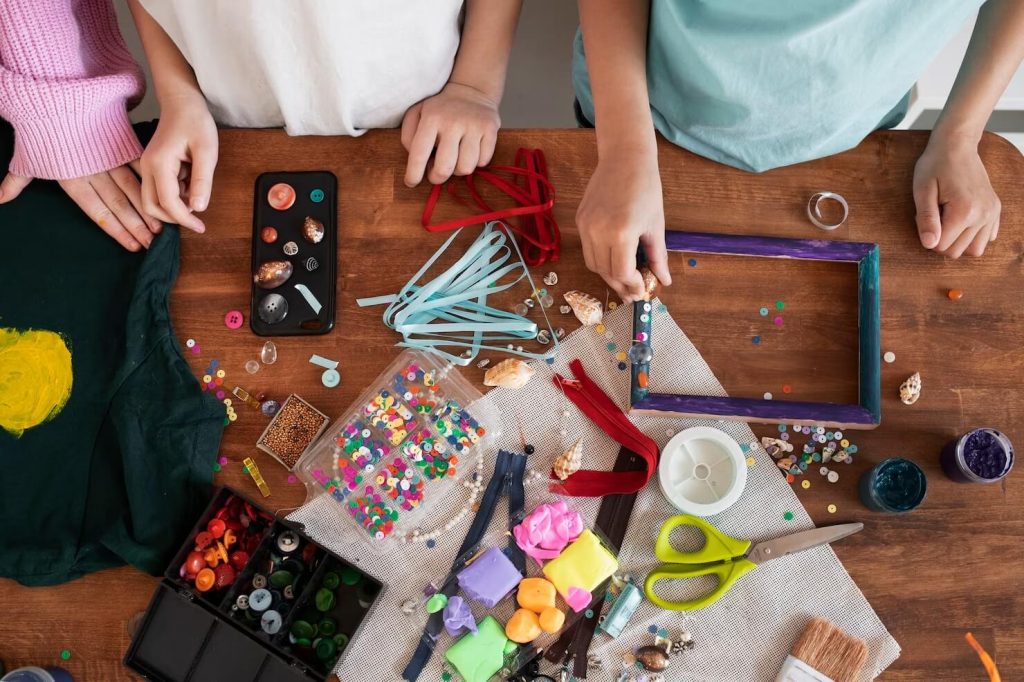Crafts have been part of human life for centuries, blending creativity with functionality. From weaving and pottery to embroidery and wood carving, handmade crafts reflect culture, history, and individual expression. Unlike mass-produced items, crafts carry stories that connect generations, preserving traditions while embracing innovation. Today, they serve as both a creative outlet and a means of sharing cultural heritage across the globe.

Crafts as a Creative Expression
At their heart, crafts are more than objects—they are a language of creativity. Every stitch, brushstroke, or fold represents the maker’s imagination and personal touch. Whether it’s a child creating a simple paper model or an artist designing intricate jewelry, crafts allow people to express individuality while finding joy in the process. This creative freedom makes crafts a universal art form accessible to all ages and skill levels.
The Role of Crafts in Daily Life
Crafts bring beauty and purpose into everyday living. Handmade candles, woven baskets, and clay pots not only serve practical needs but also elevate the spaces they occupy. They add warmth to homes, meaning to gifts, and character to events. Crafts also encourage mindful living—slowing down in a fast-paced world to focus on details, textures, and the satisfaction of working with one’s hands. This blend of function and artistry is what makes crafts truly special.
The Economic and Social Impact of Crafts
Beyond creativity, crafts play a vital role in communities worldwide. They provide livelihoods for artisans, preserve traditional skills, and support sustainable practices through eco-friendly materials. Local craft fairs, online shops, and global platforms connect artisans with buyers, creating opportunities for cultural exchange. Moreover, crafting workshops and group activities foster collaboration and bonding, turning individual creativity into shared experiences that strengthen communities.
The Future of Crafts in a Modern World
As technology continues to advance, the world of crafts evolves alongside it. Digital tools, online tutorials, and virtual marketplaces make learning and sharing crafts more accessible than ever before. Sustainable practices, such as upcycling and eco-friendly materials, ensure crafts remain relevant in addressing environmental challenges. The future of crafts is a blend of tradition and innovation—where heritage techniques meet modern creativity, ensuring this timeless practice continues to inspire generations to come.
